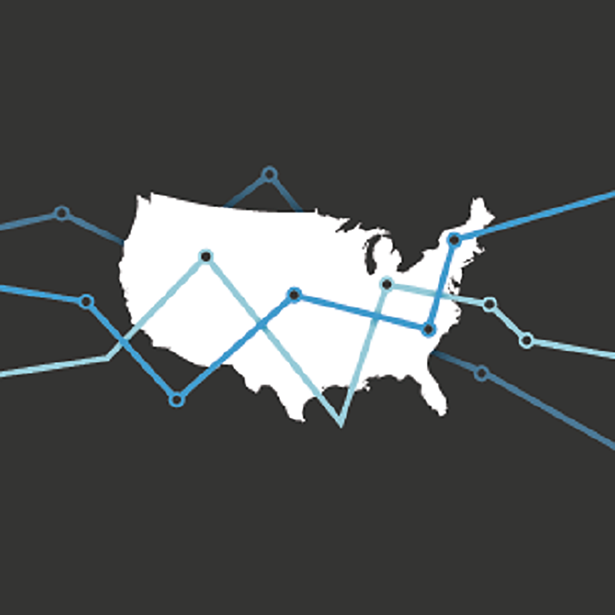Economic Downturns: Protecting State and Local Budget Priorities in Challenging Times
States have been hit unevenly, but all face long-term uncertainty

State governments play a fundamental role in the lives of residents by collecting taxes and using that revenue to pay for schools, transportation, public safety, and other policy priorities. In particularly challenging times, when revenue is volatile and priorities may need to be reassessed, it is important that lawmakers manage budgets effectively to mitigate fiscal stress. Although leaders cannot control many external factors that influence state and local fiscal health—such as global economic conditions, federal policies, or demographic changes—they do decide how to react to those events. And these actions can help determine whether a state or locality remains fiscally sound.
In this series of publications, experts at Pew explore the limits that states face when preparing for fiscal stress and provides key considerations for leaders making budgetary decisions. The series also details fiscal and economic policy recommendations for managing effectively during unforeseen events (such as the COVID-19 pandemic) and preparing for future uncertainty.






















